LifeWithMyDogs is supported by our audience. When you purchase through one of our links, we may earn a small affiliate commission. As an Amazon Associate I earn from qualifying purchases. Your cost is not affected.
**********
Dog eye allergies. Remember that time you woke up with eyes so puffy you could barely see, and the itch factor was off the charts? Well, our furry friends can experience a similar brand of misery. Their eyes get red, watery, and itchy, and they just don’t know what to do about it.
As someone who’s dealt with allergies myself, watching my dog go through this is heartbreaking. But the good news is, there are ways to help! In this article, we’ll explore the signs and symptoms of dog eye allergies, delve into the common culprits causing all this irritation, and uncover some effective strategies to bring your pup sweet relief.
So, grab a tissue (for your dog, not you… hopefully!), and let’s dive in!
Dog Eye Allergies: Symptoms, Causes, and Effective Treatments
A couple of our dogs suffer from Dog eye allergies. It’s quite uncomfortable for them. These can be a major concern for pet owners. We’ve found ways to keep our pets more comfortable through the allergy season.
Recognizing symptoms like red, watery, and itchy eyes is crucial for identifying allergies in dogs.

These symptoms can cause significant discomfort for your furry friend and might even lead to more serious eye problems if left untreated.

The causes of dog eye allergies range from pollen and dust mites to food ingredients and flea bites.
Dogs with skin allergies are often more prone to eye allergies as well.
Knowing the specific triggers that affect your dog can help in managing the condition more effectively.
Treatment for dog eye allergies often involves eye drops or oral medications, especially if the allergies are widespread.
In some cases, these treatments may be required for the dog’s lifetime.
Key Takeaways
- Symptoms include red, watery, and itchy eyes.
- Common causes are pollen, dust mites, and food ingredients.
- Treatment can involve eye drops or oral medications.
Understanding Dog Eye Allergies
Dog eye allergies can be distressing for our pets.
These allergies are often triggered by common allergens like pollen, dust, or certain foods.
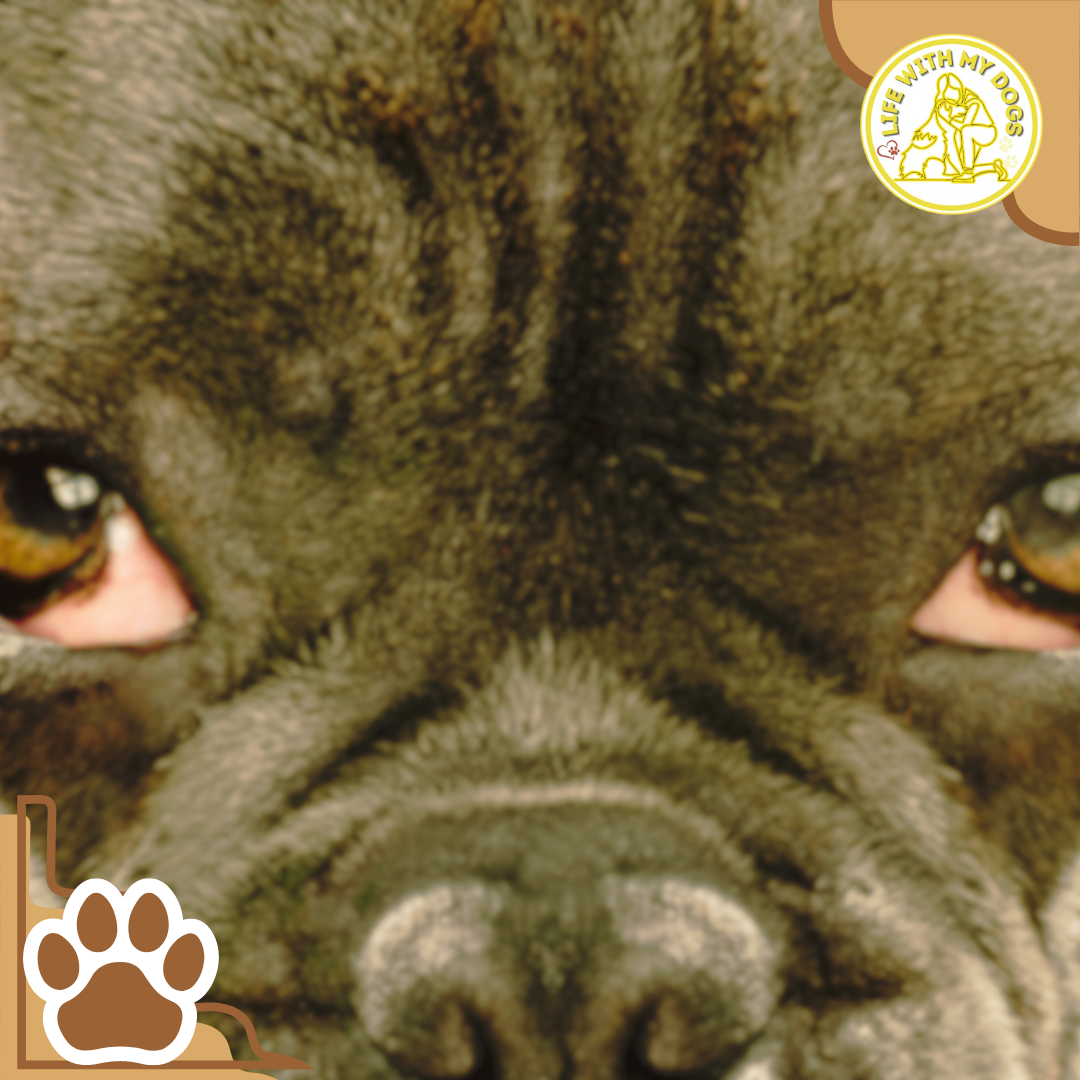
Defining Allergic Reactions in Dogs
Allergic reactions in dogs occur when their immune system overreacts to a substance it perceives as harmful.
The substance triggering the reaction is called an allergen.
In dogs, allergens can include pollen, mold, dust mites, and certain chemicals found in grooming products.
When a dog encounters an allergen, its body releases histamines.
This causes inflammation and other symptoms.
Eye allergies specifically result in symptoms like redness, swelling, and itching around the eyes.
Susceptibility to these reactions can depend on the dog’s breed, age, and overall health.
Understanding what triggers your dog’s eye allergies is crucial for effective treatment.
Identifying and minimizing exposure to allergens can greatly improve your pet’s quality of life.
Consult your vet to help pinpoint the exact allergen and develop a management plan.
Recognizing the Signs of Eye Allergies
The symptoms of eye allergies in dogs include red, bloodshot eyes, excessive tearing, and frequent squinting or blinking.
Your dog might rub its face on the ground or paw at its eyes due to itchiness.
These symptoms may appear similar to those of other eye conditions.
For instance, symptoms like red eyes and weepiness can also indicate an eye infection or injury.
It’s important to differentiate between allergy symptoms and more serious conditions.
If your dog shows these symptoms and they persist, make an appointment with your vet for an accurate diagnosis.
Once diagnosed with eye allergies, treatment can involve antihistamines, medicated eye drops, or avoiding the allergens.
Regularly cleaning your dog’s face and keeping their environment free of common allergens like dust can help manage symptoms effectively.
Common Causes of Eye Allergies in Dogs
Dog eye allergies can be caused by various factors.
These include chemicals, certain foods, and environmental elements like pollen or dust. Below are some specific causes that could affect your dog’s eye health.
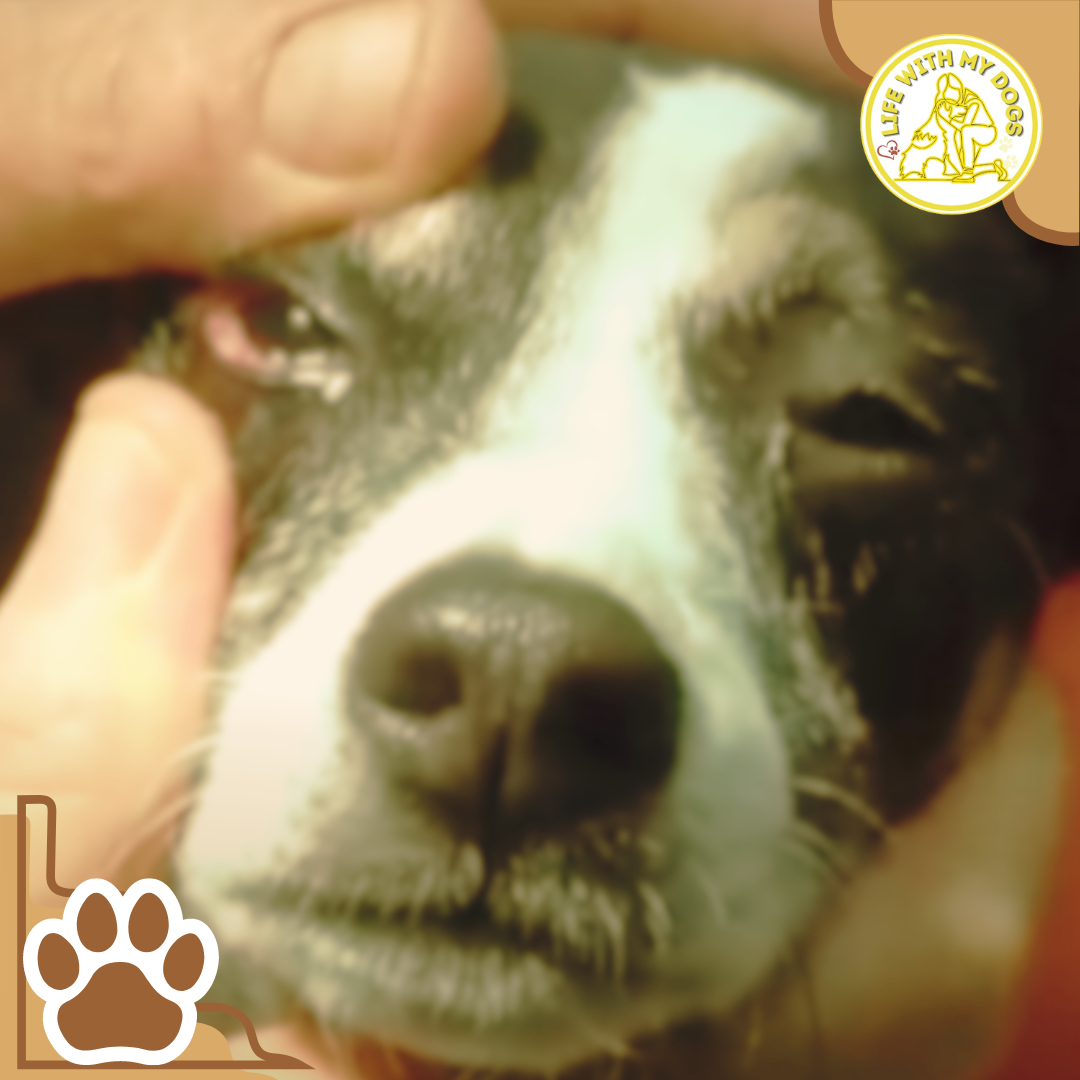
Environmental Allergens
Environmental factors are a common cause of eye allergies in dogs.
Pollen from trees, grasses, and weeds can lead to itchy, red eyes.
Mold and mildew are also culprits, particularly in damp environments.
Dust and dust mites are another concern.
Homes with indoor heating or air conditioning can circulate these tiny particles, aggravating your dog’s eyes.
Cigarette smoke is another harmful allergen. Even if you smoke outside, the residual smoke particles on clothes can cause issues.
Keeping your home clean and using air purifiers can help.
Regularly washing your dog’s bedding and vacuuming can reduce dust and mites.
An anti-allergy eye drop can also be beneficial in managing symptoms.
Food-Related Allergies
Food can be a hidden cause of eye allergies.
Some dogs react poorly to common ingredients like chicken, beef, dairy, or grains.
These reactions might cause eye irritation along with other symptoms like itching or digestive issues.
Switching to a hypoallergenic diet can help identify the problematic food.
Limited-ingredient dog foods can also make it easier to pinpoint what is causing the reaction.
Sometimes, adding fatty acids like omega-3 from fish oil can help reduce inflammation.
It’s best to consult a veterinarian for advice on eliminating potential allergens from your dog’s diet.
Allergy tests can also be helpful in determining specific food intolerances.
Contact-Based Allergens
Contact-based allergens include substances that your dog might come into direct touch with.
Cleaning agents, shampoos, and even certain types of grass can cause eye allergies.
Dogs that swim frequently might also be exposed to chlorine, which can irritate their eyes.
When using cleaning products around the house, make sure they are pet-safe.
Opt for natural or hypoallergenic shampoos when bathing your dog.
Avoid allowing your dog to roam in areas with known irritants like freshly mowed grass or treated lawns.
If you notice persistent eye irritation, washing the eyes gently with a saline solution can help.
Regular vet check-ups can also catch and address contact-based allergies early.
Diagnosing Dog Eye Allergies
Diagnosing eye allergies in dogs involves a detailed examination by a vet and specific allergy tests. These steps are crucial to identifying the exact cause and providing effective treatment.
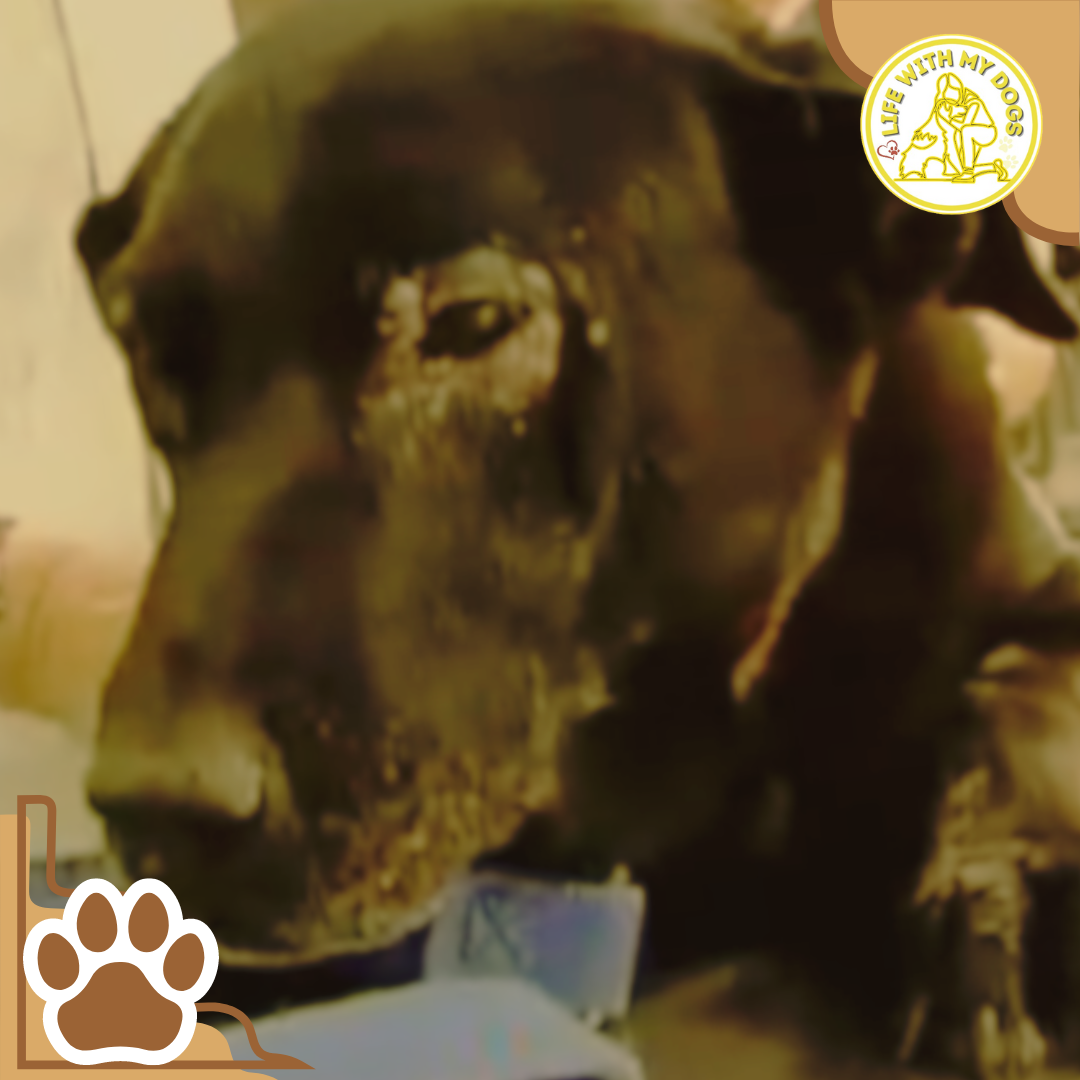
Veterinary Examination
The first step in diagnosing eye allergies is a thorough veterinary examination. I start by taking a complete medical history of the dog, including any known allergies or previous reactions.
Next, I examine the dog’s eyes for tell-tale signs like redness, swelling, and discharge.
Observing how often a dog blinks or if it rubs its face can also indicate irritation.
I may use special eye drops to check for any external particles or foreign bodies. This helps rule out other issues like infections or injuries.
Eye tests may include inspecting the eye’s surface with dyes to observe inflammation or damage.
Allergy Testing Techniques
Once other causes are ruled out, I move on to allergy testing techniques.
Skin tests are commonly used where tiny amounts of allergens are introduced into the skin to see if there’s a reaction.
Blood tests may also be performed.
These tests measure antibody levels in response to various allergens and can identify specific triggers like pollen, dust, or certain foods.
Elimination diets can help pinpoint food allergies.
By feeding the dog a simple diet and gradually reintroducing foods, I can observe which ones cause reactions.
I may also recommend environmental changes, like removing certain plants or switching to hypoallergenic products, to see if symptoms improve.
This helps narrow down non-food-related allergens.
Treating Dog Eye Allergies
Treating dog eye allergies often involves a mix of medications, changing the pet’s environment, and natural solutions. Each approach targets specific triggers and helps to reduce symptoms.
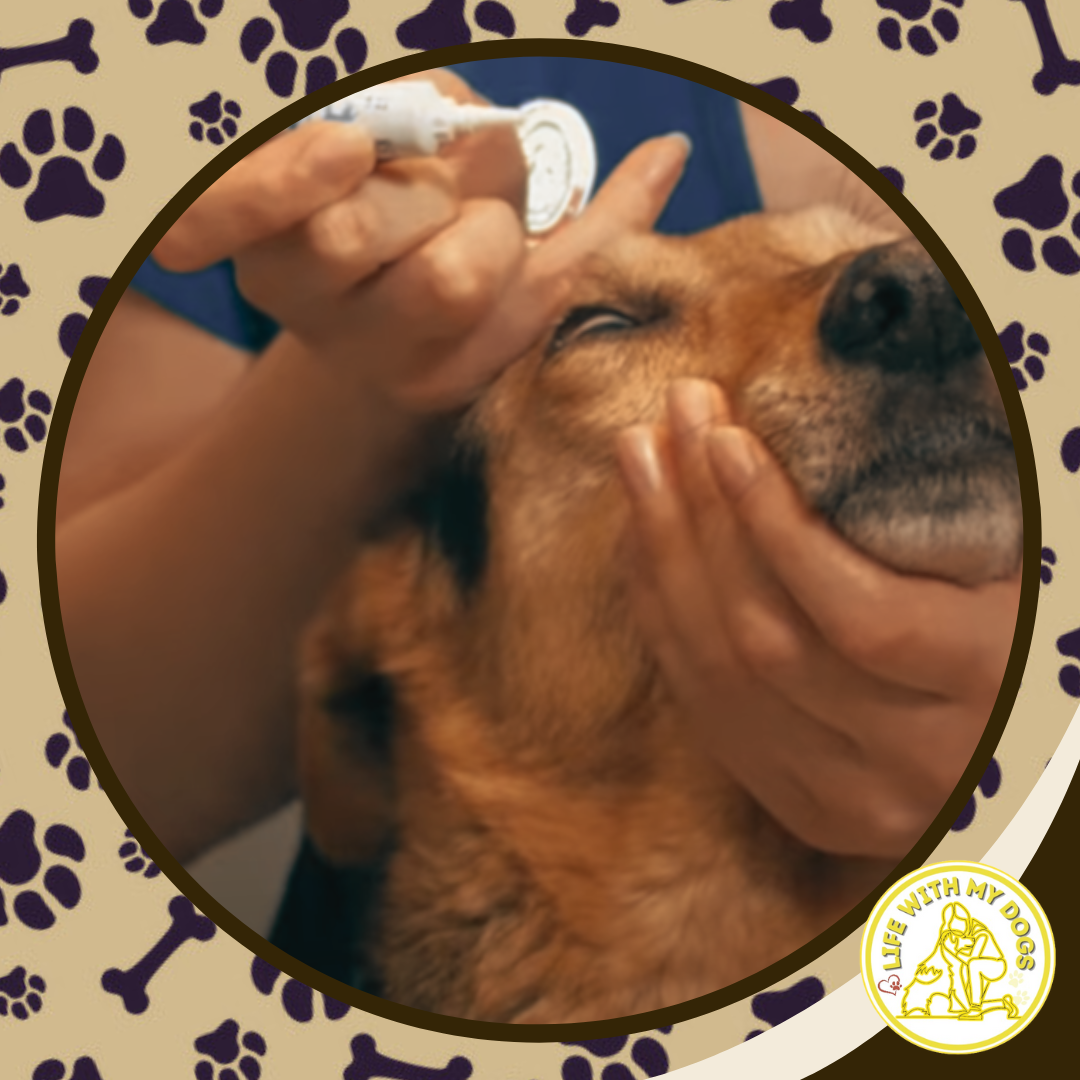
Medications and Eye Drops
When it comes to medications, antihistamines are a common choice.
These can help to reduce inflammation and itchy eyes.
I often use prescription eye drops designed to soothe irritation and clear up redness.
Antibiotic eye drops or ointments might be necessary if there’s an infection.
Steroid eye drops can also be effective in more severe cases. They work by reducing inflammation quickly.
Over-the-counter lubrication drops can keep my dog’s eyes moist.
Hydrating the eyes prevents further irritation and helps them heal faster.
Lifestyle and Environmental Changes
Adjusting my dog’s environment can drastically reduce allergy symptoms.
Regularly cleaning my home helps to remove dust and mites.
Using air purifiers can also ensure that the air my dog breathes is clean.
During pollen season, I keep my dog indoors as much as possible to avoid exposure.
Bathing my dog more frequently can help wash away allergens from their coat.
I use hypoallergenic shampoos to avoid further irritating their skin.
Keeping my dog’s bedding clean is also essential.
Washing it frequently helps to remove accumulated allergens like dander and pollen.
Natural Remedies and Supplements
In addition to conventional treatments, I also explore natural remedies.
Herbal teas made from chamomile or calendula can be used as eye washes. These herbs have soothing and anti-inflammatory properties.
Supplements like omega-3 fatty acids can boost my dog’s immune system.
These are often found in fish oil, which is easy to add to meals.
Quercetin, a natural antihistamine found in some supplements, can also help to reduce allergy symptoms.
Always consult a vet before starting any supplementation regimen.
Preventing Eye Allergies in Dogs
To help prevent eye allergies in dogs, focus on keeping their eyes clean, adjusting their diet, and reducing their exposure to allergens. These steps can make a significant difference in your dog’s eye health.
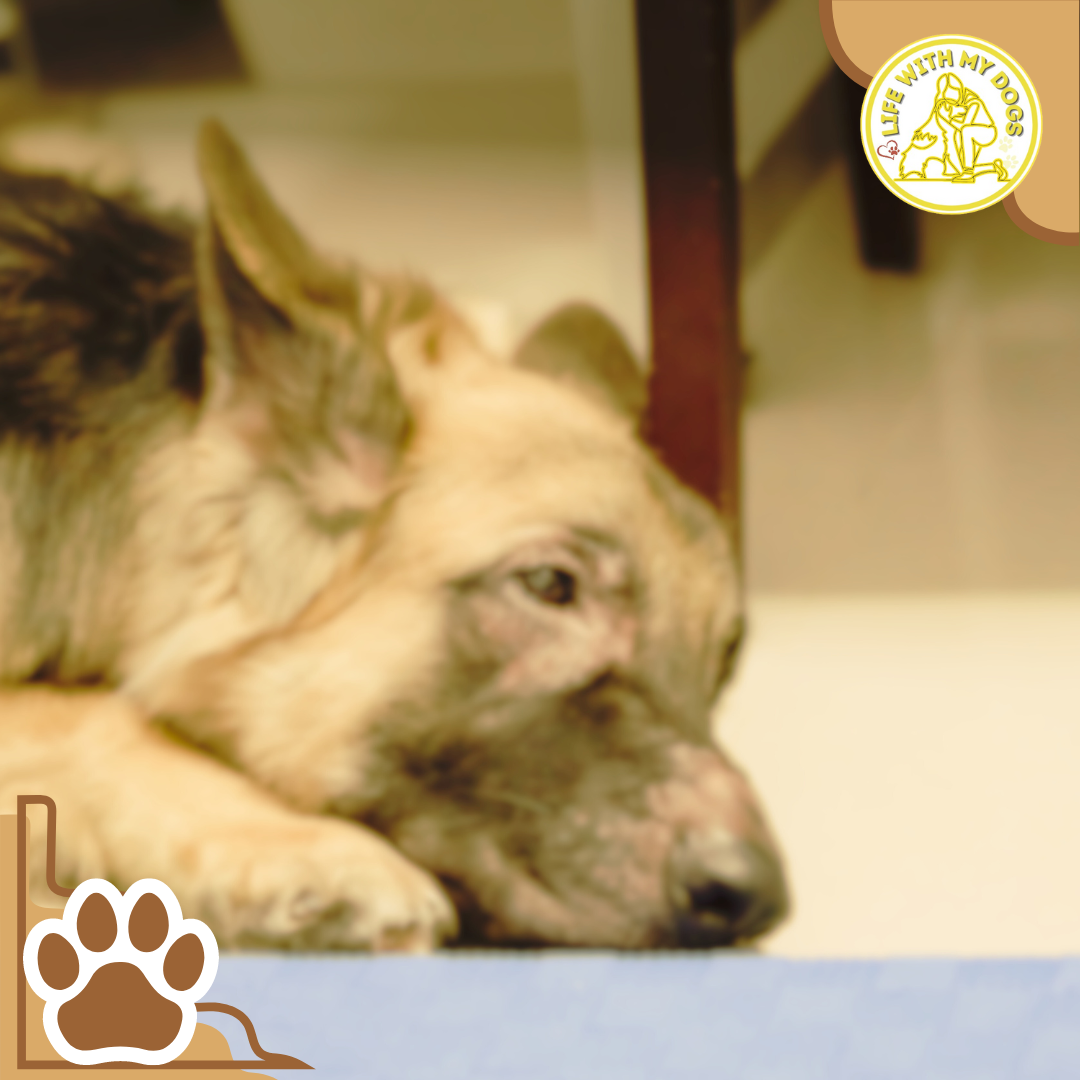
Regular Cleaning and Grooming
Keeping your dog’s eyes clean can prevent many allergy symptoms.
I use a damp cloth to gently wipe around their eyes every day. This removes pollen, dust, and other irritants that may cause allergic reactions.
Additionally, regular grooming is important.
Trimming hair around the eyes prevents it from collecting dust and pollen, which can irritate your dog’s eyes.
Dogs like Poodles and Shih Tzus, with their long hair, benefit from more frequent grooming.
For dogs that swim a lot or get dirty easily, I recommend using a vet-approved eye cleanser.
This helps to rinse away potential allergens and keep the eyes clean.
Always be gentle and avoid touching the eyeball directly.
Dietary Adjustments
Sometimes, allergens in food can trigger eye issues.
I’ve found that switching to hypoallergenic dog food can be very beneficial.
These foods avoid common allergens like certain grains or protein sources that might cause reactions. Look for products labeled as hypoallergenic or limited ingredient diets.
Including omega-3 fatty acids in your dog’s diet can reduce inflammation.
Fish oil supplements or foods rich in omega-3s, like salmon, can help support eye health and reduce allergy symptoms.
Keep an eye on any changes in your dog’s symptoms when you adjust their diet.
If their eye health improves, this could indicate a food allergy. Consulting a vet for a tailored dietary plan is also a good idea.
Limiting Exposure to Allergens
Reducing your dog’s exposure to known allergens is crucial.
I keep windows closed during high pollen seasons and use air purifiers to reduce indoor pollen levels.
Regularly washing your dog’s bedding can also help, as allergens can accumulate there.
During walks, try to avoid areas with high pollen levels.
After walks, I always wipe my dog’s paws and face to remove pollen and dust.
This simple step can significantly decrease the allergens your dog brings into the house.
For dogs with severe allergies, consider using specially designed dog goggles to protect their eyes from irritants.
These can be particularly effective during activities like hiking or playing in windy conditions where dust and pollen levels are high.
When to Consult a Veterinarian

Dealing with dog eye allergies can be tricky. I often tell pet owners to watch for certain warning signs.
Red or Bloodshot Eyes: If your dog’s eyes are red and bloodshot, it’s a solid reason to contact a vet. This can be a sign of something more serious than allergies, like an injury or infection.
Persistent Pawing or Rubbing: If your dog keeps pawing at their face or rubbing their eyes on the ground, it could indicate discomfort.
This persistent behavior may cause further irritation or damage.
Weepy Eyes: Constant tear production or discharge is another sign to watch for.
While some tearing can be normal, continuous weeping could mean an underlying issue.
Swelling or Bulging: Swelling around the eyes or bulging could indicate a serious condition.
These symptoms necessitate a prompt vet visit.
| Sign | Reason to Consult a Vet |
|---|---|
| Red or bloodshot eyes | Injury or infection |
| Persistent pawing | Discomfort or irritation |
| Weepy eyes | Possible underlying issue |
| Swelling or bulging | Serious condition requiring immediate attention |
Difficulty Seeing: If your dog seems to have trouble seeing or keeps bumping into things, it’s crucial to get an expert opinion.
Vision changes can be due to allergies but may also signify other eye conditions.
Dog Eye Allergies: Living a Happier Life with Your Itchy-Eyed Pup
Remember that itchy, puffy-eyed misery we talked about at the beginning? There is hope for relief! This article explored the world of dog eye allergies, from recognizing the tell-tale signs to uncovering the most common culprits triggering those watery eyes and frantic pawing. We discussed how to adjust your dog’s environment and diet to minimize exposure to allergens, and explored some veterinarian-approved treatment options, including medication and natural remedies.
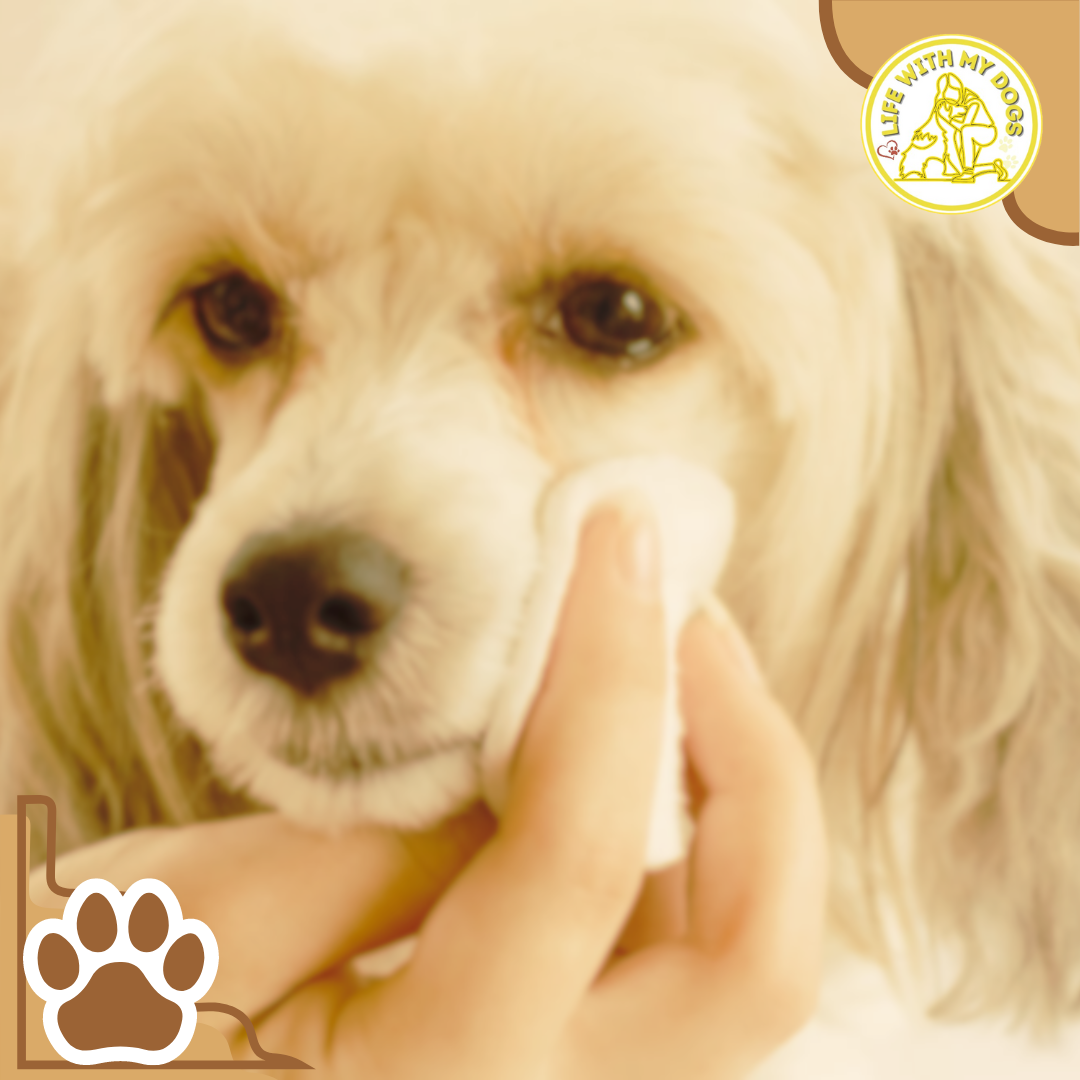
Remember, every dog is an individual, and what works for one pup might not be the solution for another. If you’ve tried the strategies in this article and your dog is still struggling, don’t hesitate to consult your veterinarian for further guidance. Perhaps you’ve discovered unique ways to manage your dog’s allergies – share your ideas in the comments below! We can all learn from each other in creating a happy, allergy-free life for our furry companions.
Wishing you and your pup continued good health! Now, go forth and enjoy those itch-free adventures!
Frequently Asked Questions
In this section, I’ll answer some common questions about dog eye allergies, their symptoms, causes, and treatments, including the use of home remedies and over-the-counter medications.
What are common symptoms indicating my dog may have eye allergies?
Dogs with eye allergies may show signs such as red, bloodshot eyes, excessive tearing, and frequent squinting or blinking.
Itchiness can cause them to paw at their faces or rub their faces on the ground. You might also notice a sticky or clear discharge from their eyes.
How can I distinguish between an eye infection and eye allergies in my dog?
Eye infections often present with symptoms like yellow or green discharge, intense redness, and swelling around the eyes.
Allergies, on the other hand, usually cause clear discharge and less severe redness.
If symptoms persist or worsen, it’s best to consult your veterinarian for an accurate diagnosis.
What home remedies are effective for relieving my dog's eye allergies?
To soothe your dog’s eyes at home, you can use a saline solution to gently rinse their eyes.
Avoid any products not specifically recommended by your vet. A cold compress can also reduce inflammation and itching.
Always check with your vet before trying new remedies to ensure they are safe for your dog.
Can over-the-counter medications like Benadryl be safe and effective for dog eye allergies?
Benadryl can be safe for dogs and may help alleviate allergy symptoms.
However, the correct dosage is crucial, so you should always consult your veterinarian beforehand.
It’s important to monitor your dog for any adverse reactions when giving them any medication.
What are the primary causes of eye allergies in dogs?
Common causes of eye allergies in dogs include allergens like pollen, dust, mold, and mildew.
Dogs with skin allergies are more prone to eye allergies. Environmental factors, such as cigarette smoke and certain chemicals, can also trigger allergic reactions.
What types of allergy eye drops are recommended for dogs?
Veterinarian-recommended eye drops are usually safe for managing dog eye allergies.
Examples include lubricating drops or anti-inflammatory drops to soothe irritation.
Always have your vet approve any over-the-counter options before use to ensure they are suitable for your dog.
Tail Wags Guaranteed!
Follow Life With My Dogs on social media for:
- Engaging content: From adorable dog pics to helpful training tips, we’ve got you covered. lifewithmydogs.com
- Honest product reviews: Find the best food, toys, and gear for your furry friend. Facebook
- Connect with the pack: Join our vibrant community of dog lovers! Instagram, Pinterest, Twitter, YouTube


